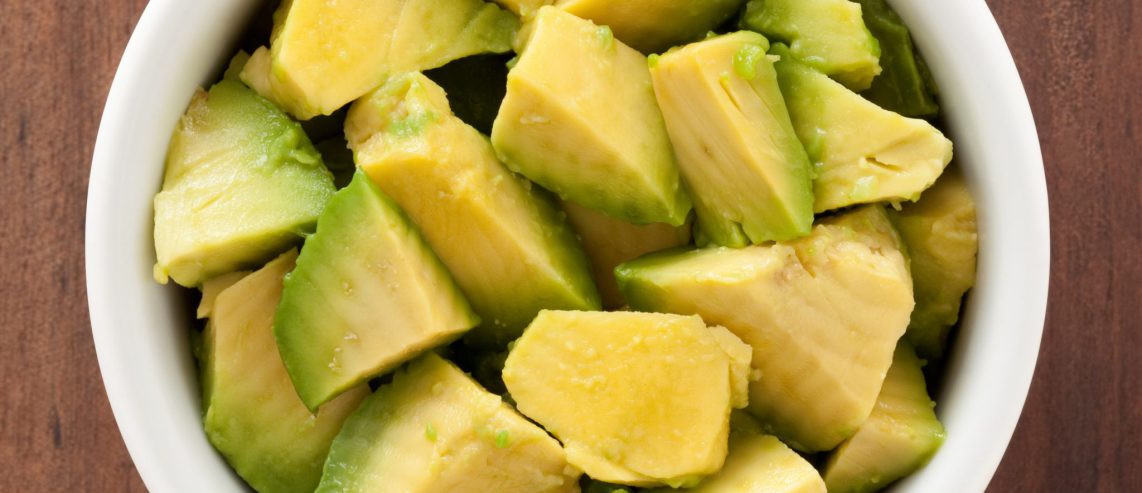Fiber is a type of carbohydrate that your body can’t digest. Instead, it passes through your digestive tract. Even though you don’t digest or absorb fiber, it’s vital for good health.
Keep reading to learn about fiber’s benefits, how much you need, and how to get more fiber in your diet.
Types of Fiber
Fiber comes from plant foods, so you’ll find it in:
- Fresh, frozen, or canned fruits and vegetables.
- Legumes like lentils and beans including chickpeas, kidney, black, or pinto beans.
- Nuts, like almonds, walnuts, peanuts, or pistachios.
- Seeds like sunflower, pumpkin (pepitas), chia, and flax seeds.
- Whole grains like whole-wheat bread, shredded wheat, oatmeal, brown rice, and quinoa.
All fiber is good for you, but it’s not created equal. There are two main types of fiber, insoluble and soluble. They act differently in your body, and they provide different benefits.
Plant foods contain a mix of soluble and insoluble fiber. But some are higher in soluble fiber while others are higher in insoluble fiber.
Soluble fiber absorbs water from your digestive tract and forms a gel. It helps to slow digestion and the speed at which food moves through your stomach and intestines. Soluble fiber comes from:
- Fruits, especially berries, apples, pears, and citrus fruits.
- Oats (or oat bran) and barley.
- Legumes, peas, and beans.
- Root vegetables like sweet or white potatoes, carrots, and parsnips.
Insoluble fiber doesn’t absorb water. It adds bulk to your stool and helps move food waste through your digestive tract faster. Foods high in insoluble fiber include:
- Edible skin of fruits like apples or pears.
- Nuts and seeds.
- Vegetables like zucchini, green beans, kale, and celery.
- Wheat bran, quinoa, and brown rice.
Never Miss a Beat!
Subscribe to Our HealthBeat Newsletter!
Thank you for subscribing!
You can now select the specific newsletters you'd like to receive.
You are already subscribed.
Subscribe to more newsletters in our email preference center.
Sorry, an error occurred. Please try again later.
Get Healthy Tips Sent to Your Phone!
The Benefits of a High-Fiber Diet
Health experts recommend that most healthy adults eat 25 to 35 grams of fiber daily. However, many people fall short of this recommendation. The average fiber intake among adults is closer to 15 grams per day.
Boosting your fiber has these benefits:
- It promotes healthy digestion and regular bowel movements. Fiber adds bulk to your stool, helps soften it, and makes your stools easier to pass. Eating enough fiber can help prevent GI problems like constipation, hemorrhoids, and diverticular disease and can reduce the risk of colon cancer.
- It can help lower your cholesterol, reducing your risk of heart disease and stroke. Soluble fiber, in particular, helps bind to cholesterol in your intestines, so less cholesterol gets into your blood.
- It helps balance your blood sugar. Since fiber isn’t digested or absorbed, high-fiber foods won’t raise your blood sugar as much as other carbohydrate foods. Also, soluble fiber helps slow digestion and the rate at which you absorb glucose from carbohydrates, promoting healthier after-meal blood sugar levels.
- A high-fiber diet can help you maintain a healthy weight. Fiber-rich foods are filling, and they take a long time to digest. That makes it easier to control your appetite because you feel fuller for longer.
Foods High in Fiber
Getting more fiber in your diet is easier than you might think — but it does take some planning. Since fiber comes from whole plant foods, it’s crucial to include ample amounts of whole plant foods in your diet every day.
Animal foods like meat, poultry, fish, and dairy contain no natural fiber— although they still have a place in a healthy diet. Also, highly processed foods like fast foods, frozen dinners, and packaged snack foods are usually low in fiber. Eating less of these foods and more whole fruits, vegetables, grains, legumes, nuts, and seeds will help meet your fiber goal. Cara Stewart, RDN, CSOWM, LDN says, “In general, the least processed foods provide the most fiber. Think as close to nature as possible.”
The following list has examples of high-fiber foods. You can find more on the Dietary Guidelines for Americans website. Identify the foods you like and add an extra serving or two at each meal to help boost your daily fiber intake.
Grains
- Shredded wheat (one cup): 6 grams.
- Oat bran (one cup, cooked): 6 grams
- Barley (one-half cup, cooked): 3 grams.
- Whole wheat crackers (one ounce): 3 grams.
- Whole wheat tortilla (one medium): 3 grams.
Vegetables and beans/legumes
- Artichokes (one cup, cooked): 10 grams.
- Beans/legumes (one-half cup, cooked): 6 to 9 grams.
- Sweet potato (one cup, cooked): 6 grams.
- Broccoli or cauliflower (one cup, cooked): 5 grams.
- Carrots (one cup, cooked): 5 grams.
- Corn (one cup, cooked): 4 grams.
- Red sweet pepper (one cup, raw): 3 grams.
Fruits
- Raspberries or blackberries (one cup): 8 grams.
- Pear or apple (medium with skin): 5 grams.
- Orange (medium): 4 grams.
- Dried figs (one-half cup): 4 grams.
- Blueberries (one cup): 4 grams.
- Banana (medium): 3 grams.
- Strawberries (one cup): 3 grams.
Nuts and seeds
- Chia seeds (one tablespoon): 4 grams.
- Almonds or pistachios (one ounce): 3 grams.
- Sunflower seeds (one ounce): 3 grams.
- Peanuts (one ounce): 2 grams.
A High-Fiber Meal Plan
It’s easiest to meet your daily fiber goal if you eat high-fiber foods throughout the day — don’t save them all for dinner! This meal plan provides about 30 grams of fiber:
- Breakfast: One cup of shredded wheat with milk, topped with one-half cup of fresh raspberries and a tablespoon of sliced almonds: About 11 grams of fiber.
- Lunch: Turkey, lettuce, and tomato on a whole wheat tortilla, plus an orange: About 8 grams of fiber.
- Snack: Baby carrots and hummus: About 3 grams of fiber.
- Dinner: Salmon with broccoli and corn: About 9 grams of fiber.
Should You Take a Fiber Supplement?
Doctors agree it’s best to get fiber from foods instead of supplements. Besides fiber, whole plant foods also provide vitamins, minerals, and other healthy nutrients.
But if you need an extra fiber boost, you can add a supplement. Most contain a soluble fiber called psyllium. Fiber supplements are available as:
- Tablets.
- Wafers.
- Powder that you mix with water.
Ask your doctor which brand is best for you and how much to take, especially if you take prescription medicines. Large amounts of fiber from supplements might cause you to absorb less of your medication.
Tips for Adding Fiber
When adding fiber to your diet, start slowly and gradually increase it giving your body time to adjust. If you’re not used to eating a high-fiber diet, too much at once can cause digestive problems like:
- Abdominal cramps
- Bloating
- Gas
- Loose stools
Some vegetables, like beans cauliflower, or Brussels sprouts, are famous for causing gas and bloating. Try eating smaller portions if these bother you.
You can also buy special digestive enzymes, like Beano, at the drugstore. They help break down fiber, reducing gas and bloating.
And make sure you drink plenty of water or other fluid when increasing fiber. Fiber absorbs water, so more water helps waste move through your gut easier.
If you need help getting more fiber in your diet, talk to a dietitian. They can help you plan a healthy, high-fiber diet with foods you enjoy eating.
Sources
About UPMC
Headquartered in Pittsburgh, UPMC is a world-renowned health care provider and insurer. We operate 40 hospitals and 800 doctors’ offices and outpatient centers, with locations throughout Pennsylvania, Maryland, New York, West Virginia, and internationally. We employ 4,900 physicians, and we are leaders in clinical care, groundbreaking research, and treatment breakthroughs. U.S. News & World Report consistently ranks UPMC Presbyterian Shadyside as one of the nation’s best hospitals in many specialties and ranks UPMC Children’s Hospital of Pittsburgh on its Honor Roll of America’s Best Children’s Hospitals. We are dedicated to providing Life Changing Medicine to our communities.

